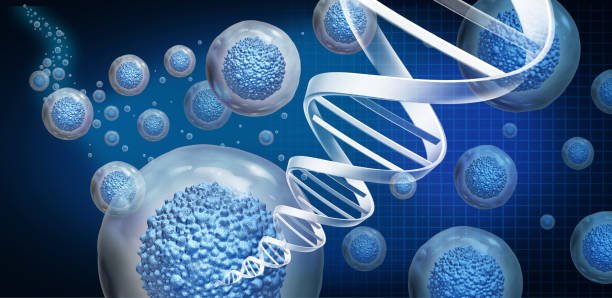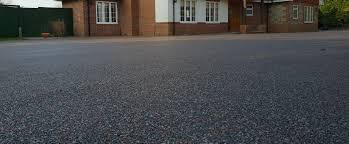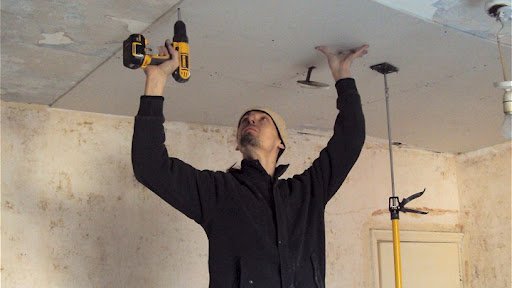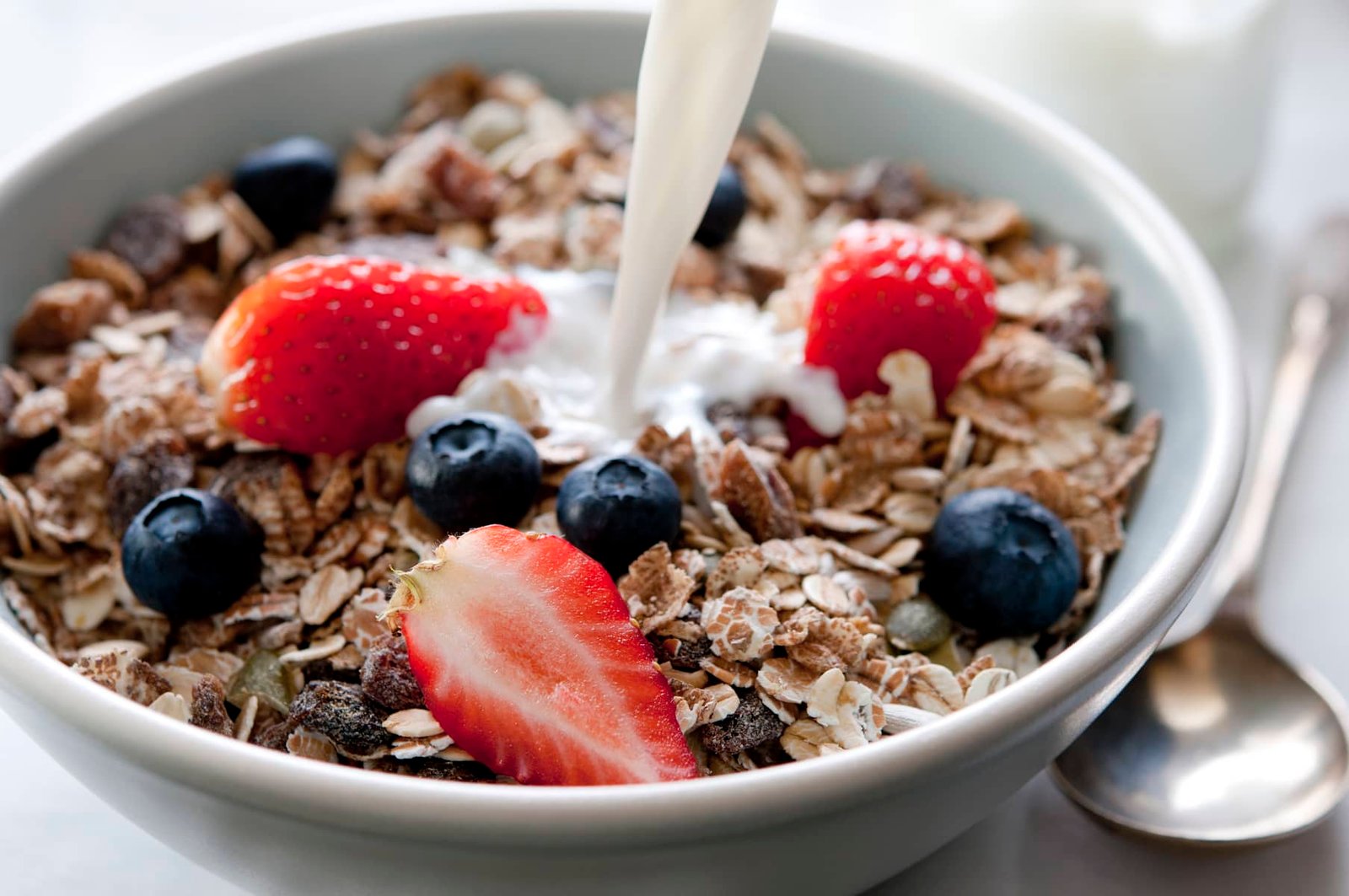Introduction
Athletes constantly push their bodies to the limit, leading to muscle fatigue, injuries, and prolonged recovery times. While modern medicine offers solutions like painkillers and physical therapy, many elite athletes are turning to ancient healing techniques like acupuncture to gain a competitive edge.
Acupuncture, a key component of Traditional Chinese Medicine (TCM), involves inserting fine needles into specific points on the body to stimulate healing, reduce pain, and improve energy flow. Research shows that acupuncture for athletes can significantly enhance recovery, reduce inflammation, and even boost performance.
The Science Behind Acupuncture for Athletes
How Acupuncture Works
Acupuncture is based on the concept of Qi (pronounced “chee”), the vital energy that flows through meridians (energy pathways) in the body. By inserting needles into strategic points, acupuncturists restore balance, promoting natural healing.
Modern research supports acupuncture’s effectiveness through several mechanisms:
- Pain Relief: Stimulates the release of endorphins, the body’s natural painkillers (NIH Study).
- Reduced Inflammation: Lowers pro-inflammatory cytokines, aiding faster recovery (Journal of Alternative Medicine).
- Improved Blood Flow: Enhances circulation, delivering oxygen and nutrients to muscles.
- Nervous System Regulation: Balances the sympathetic (fight-or-flight) and parasympathetic (rest-and-digest) systems.
Clinical Evidence Supporting Acupuncture for Athletes
A 2018 study in BMJ Open Sport & Exercise Medicine found that athletes receiving acupuncture reported:
- 30% faster recovery from muscle soreness
- Reduced DOMS (Delayed Onset Muscle Soreness)
- Improved range of motion post-injury
Professional sports teams, including the NBA, NFL, and Olympic athletes, have integrated acupuncture into their recovery protocols.
Key Benefits
1. Accelerated Injury Recovery
Acupuncture promotes tissue repair by increasing blood flow to injured areas. A 2020 study in Frontiers in Neurology showed that acupuncture significantly improved recovery in athletes with:
- Tendonitis
- Muscle strains
- Ligament sprains
2. Pain Management Without Drugs
Unlike NSAIDs (e.g., ibuprofen), which can cause long-term side effects, acupuncture provides natural pain relief. The World Health Organization (WHO) recognizes acupuncture as effective for:
- Chronic pain
- Lower back pain
- Joint pain (knees, shoulders, hips)
3. Enhanced Performance & Endurance
By optimizing Qi flow, acupuncture helps athletes:
- Increase energy levels
- Improve mental focus
- Reduce pre-competition anxiety
A 2021 study in Journal of Acupuncture and Meridian Studies found that athletes who underwent acupuncture before events had better reaction times and stamina.
4. Reduced Inflammation & Faster Muscle Recovery
Intense training leads to micro-tears in muscles, causing inflammation. Acupuncture helps by:
- Lowering cortisol (stress hormone) levels
- Boosting lymphatic drainage
- Speeding up toxin removal
5. Improved Sleep & Mental Clarity
Quality sleep is crucial for athletic recovery. Acupuncture has been shown to:
- Increase melatonin production
- Reduce insomnia
- Enhance relaxation
Real-World Athletes Who Use Acupuncture
Many elite athletes swear by acupuncture:
- Kobe Bryant (NBA) – Used acupuncture to recover from injuries.
- Kerri Walsh Jennings (Olympic Volleyball) – Relied on acupuncture for pain management.
- Aaron Rodgers (NFL) – Incorporated acupuncture into his rehab routine.
Even MMA fighters like Georges St-Pierre credit acupuncture for maintaining peak physical condition.
How to Incorporate Acupuncture into Your Training Regimen
Pre-Competition Acupuncture
- 1-2 sessions per week before major events to enhance focus and energy.
- Targets adrenal glands to reduce stress.
Post-Workout Recovery
- 24-48 hours after intense training to alleviate soreness.
- Focuses on meridians linked to muscle groups (e.g., liver meridian for hamstrings).
Injury Rehabilitation
- 2-3 sessions per week for acute injuries.
- Combines with cupping or electro-acupuncture for deeper healing.
Common Myths About Acupuncture for Athletes Debunked
Despite its growing popularity, some athletes remain skeptical about acupuncture due to misconceptions. Let’s debunk the most common myths:
Myth 1: “Acupuncture is Painful”
- Reality: The needles used are ultra-thin (about the width of a hair). Most athletes report a slight tingling sensation rather than pain. Some even find the sessions deeply relaxing.
Myth 2: “It’s Just a Placebo Effect”
- Reality: Numerous studies, including NIH-funded research, confirm acupuncture’s physiological effects, such as endorphin release and reduced inflammation. Even the U.S. Military uses acupuncture for battlefield pain management.
Myth 3: “Acupuncture Takes Too Long to Work”
- Reality: While chronic conditions may require multiple sessions, many athletes report immediate relief from muscle tightness and joint pain after just one session.
Myth 4: “It’s Only for Injuries, Not Performance”
- Reality: Acupuncture isn’t just reactive—it’s proactive. Regular sessions can enhance flexibility, endurance, and mental clarity, giving athletes a competitive edge.
Different Types of Acupuncture Techniques for Athletes
Not all acupuncture is the same. Depending on your needs, a practitioner may recommend:
1. Traditional Chinese Acupuncture
- Uses meridian-based points to restore energy flow.
- Best for overall balance, stress relief, and chronic pain.
2. Sports Acupuncture (Motor Point Acupuncture)
- Targets specific muscle motor points to relieve tension and improve function.
- Ideal for hamstring strains, rotator cuff issues, and tendonitis.
3. Electroacupuncture
- Adds mild electrical pulses to needles for deeper stimulation.
- Proven effective for nerve-related pain and post-surgery recovery.
4. Dry Needling (Western Medical Acupuncture)
- Focuses on trigger points rather than meridians.
- Often used for acute muscle knots and myofascial pain.
How Often Should Athletes Get Acupuncture?
The frequency depends on your goals:
| Goal | Recommended Frequency |
| Injury Recovery | 2-3 sessions per week |
| Performance Boost | 1-2 sessions per week |
| Maintenance | 1 session every 2 weeks |
| Pre-Competition | 1 session 24-48 hrs before event |
Pro Tip: Combine acupuncture with massage therapy, cryotherapy, or stretching for maximum benefits.
FAQs About Acupuncture for Athletes
Q1: Is acupuncture safe for athletes?
- A: Yes, when performed by a licensed practitioner. Fewer side effects than NSAIDs or steroids.
Q2: How soon can I train after acupuncture?
- A: Light activity is fine, but avoid intense workouts for 12-24 hours to let the body integrate the treatment.
Q3: Does insurance cover acupuncture?
- A: Many plans do, especially if prescribed for pain management or injury rehab. Check with your provider.
Q4: Can acupuncture help with concussions?
- A: Emerging research suggests it may aid neurological recovery, but always consult a doctor first.
Acupuncture vs. Other Recovery Modalities
How does acupuncture stack up against popular recovery methods?
| Method | Best For | Pros | Cons |
| Acupuncture | Chronic pain, energy flow | Drug-free, long-lasting effects | Requires multiple sessions |
| Massage Therapy | Muscle tightness | Immediate relaxation | Short-term relief |
| Cryotherapy | Inflammation reduction | Quick recovery boost | Expensive, not for everyone |
| Foam Rolling | Myofascial release | Cheap, can do anywhere | Limited for deep tissue issues |
Verdict: Acupuncture offers unique holistic benefits that complement (rather than replace) other therapies.












Leave a Reply